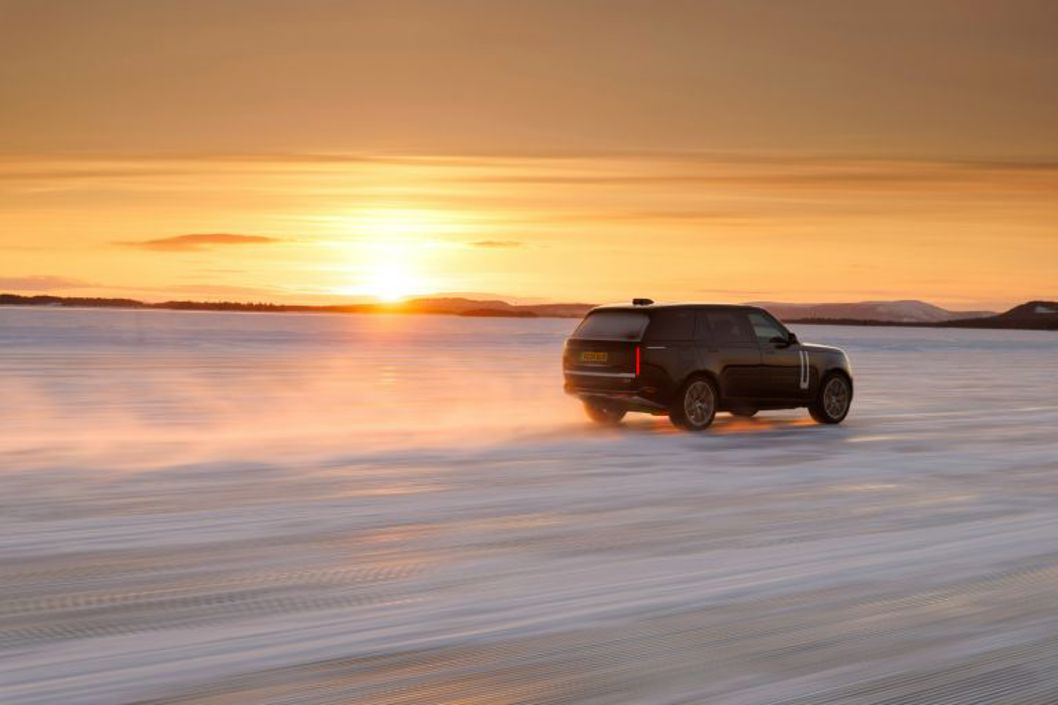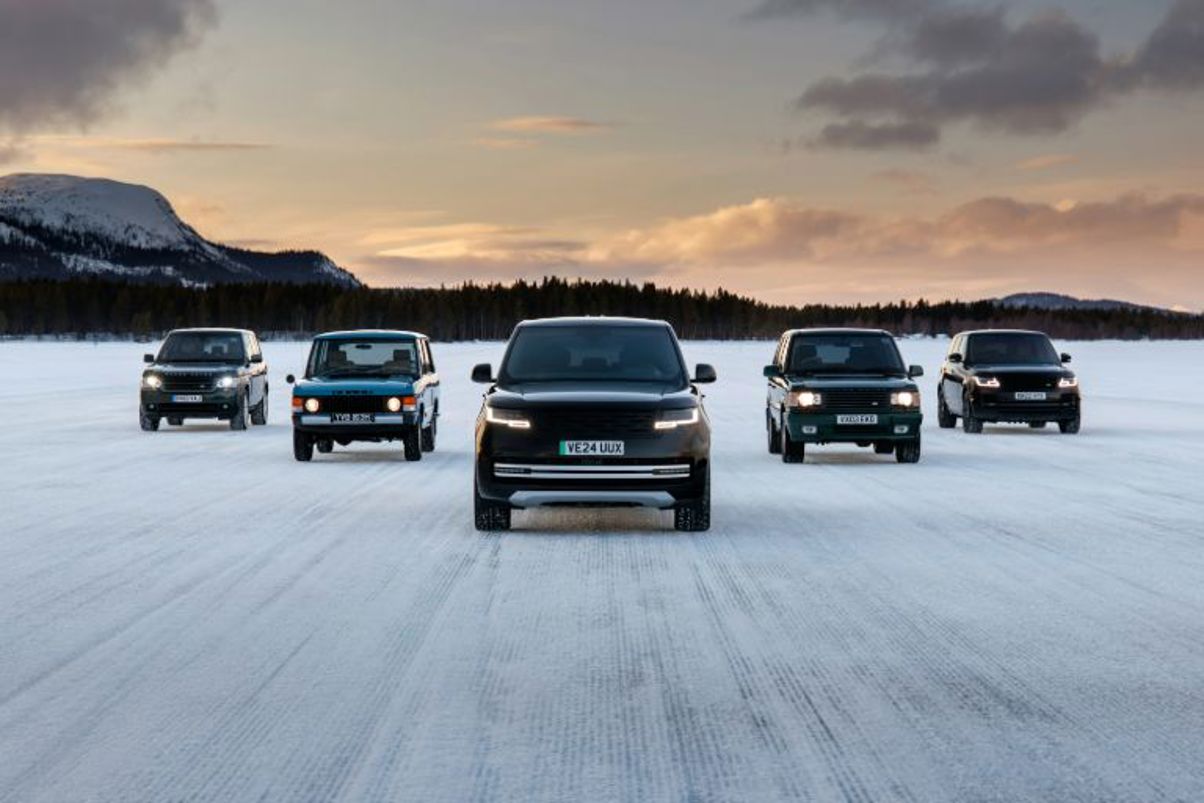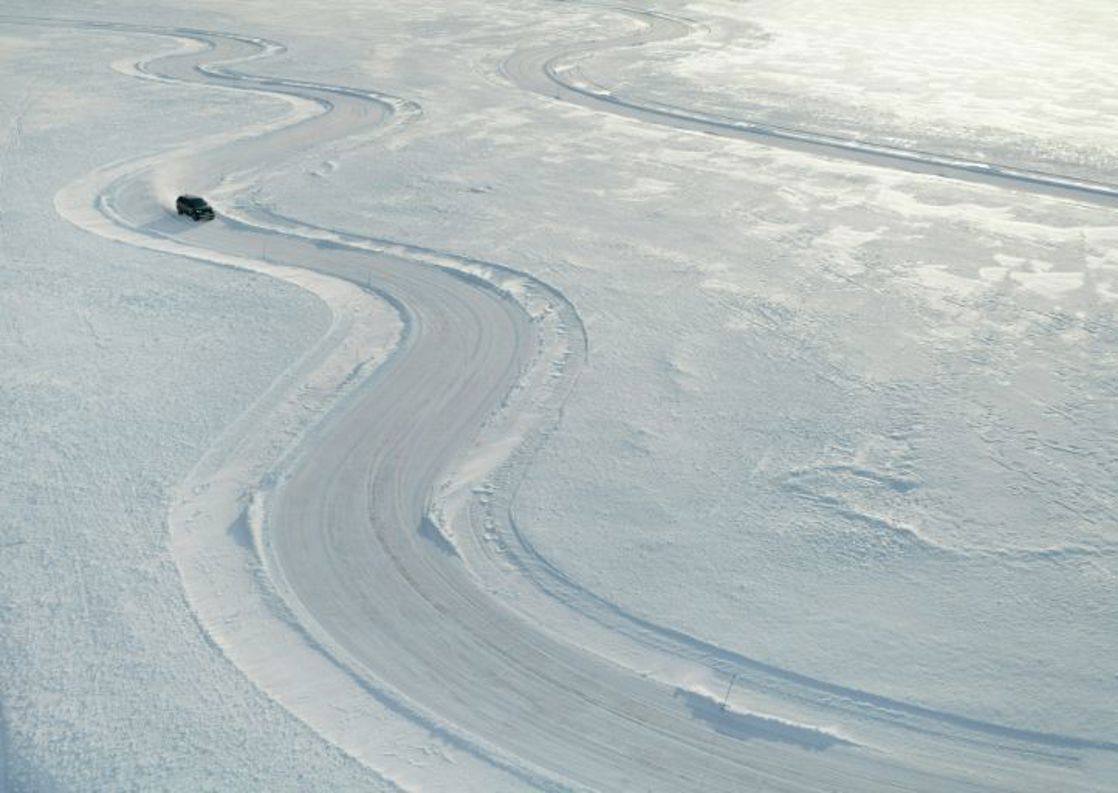Land Rover's second round of (extremely) cold-weather testing in the Artic Circle for its forthcoming Range Rover Electric is focusing on its new "ThermAssist" heating management technology.

A key part of the latest development phase in Arjeplog, Sweden is validatation of ThermAssist, an "advanced on-board thermal management system" designed to reduce heating energy consumption by up to 40% and recover as much heat as possible to warm the propulsion system or cabin, in ambient temperatures as low as -10C.
ThermAssist also maximises range in cold driving environments and minimises the impact of extreme temperatures on charging performance.
The Range Rover's 800V battery is the first one to be designed and built in-house at JLR. The 117kWh unit consists of 344 prismatic cells in a double-stacked layout.

The company claims Range Rover Electric takes single pedal driving to an "advanced new level". In addition to slowing the vehicle and delivering charge into the battery from regenerative braking, it is also tuned to work with Terrain Response.
Single pedal driving will bring the vehicle to a complete stop and engage Hill Hold, enabling the driver to move off again without touching the brakes. Range Rover engineers have tested its capability on both 28-degree and 17-degree inclines at the Arctic test facility.

Following their second season in Sweden, Range Rover Electric prototypes will continue final testing, with customer orders opening at the end of this year. So it'll be a 2026 proposition for New Zealand.



